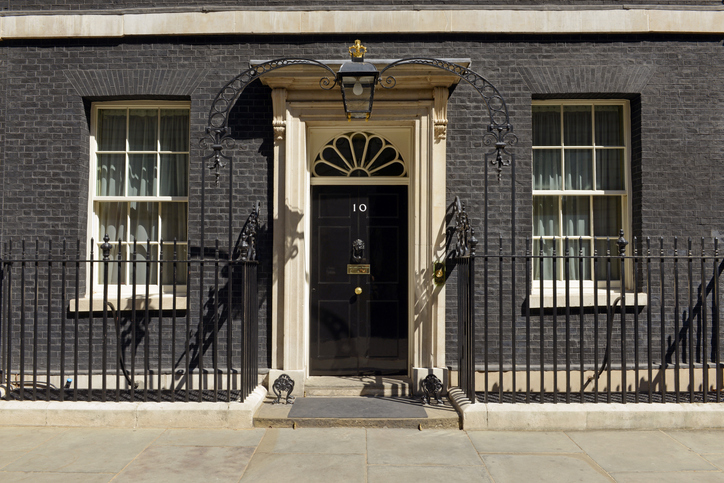This quick guide from SmallBusiness.co.uk and purchasing service Companeo helps you consider your business spending and highlights areas where you can make some easy reductions.
1. Analyse your expenditure
This may sound obvious, but the expenditure of a business must be kept under control. Take stock and see where you can make cuts.
The profit and loss account of your business is the ideal place to start your analysis: it sets out all of the previous year’s expenditure and income. Identify the outgoings that you would like to reduce and those that you absolutely have to cut.
See also: Hidden SME overheads: The cost of poor data management
2. Check your net margin
Know exactly what margin you stand to make on your services or products. Are you charging enough to cover your costs?
3. Calculate your operating costs
Make sure you include employees’ salaries and all related costs, distribution and storage, as well as the actual cost of production. This process can also be applied to a service.
- Make a list of indirect and administrative costs. This includes rent and property expenses; utilities – electricity, water and gas; insurance; salaries of management, administrative and maintenance staff (including all associated costs such as national insurance contributions); telephone; postage and suppliers.
- Add up all the costs and expenses and subtract this figure from your turnover. This is your net margin. To work out the net margin of specific products or services, do the same exercise but only taking into account costs incurred by that particular product or service.
4. Take action
Review your spending patterns, standing charges and working practices, you may be surprised by what business overheads you can save on:
- Check all your contracts and standing charges with your electricity supplier, gas supplier and telephone company. You may be able to get cheaper deals (you can compare business energy prices here).
- Control your postage costs. When you send a letter, there are paper, postage and time costs. Save up to 30 per cent of your costs by using a franking machine with an electronic scale.
- Lower the labour cost of mailshots by outsourcing them. Let someone else do the printing, envelope stuffing and franking.
- Analyse all expenses that seem too high. There will be a way to reduce them if you do the research.
- Keep track of your energy usage. Check the classification of your electrical appliances before buying them (a class A appliance uses less energy than a class B, and so on, right down to class F). Buy energy-saving light bulbs and ask your staff to turn off their equipment and lights overnight. An appliance on stand-by uses up energy.
- Do your employees often call mobile numbers from a landline? A contract with a mobile phone company may mean calls are cheaper from another mobile. Is email a viable alternative for routine communication?
Companeo helps SMEs find the right suppliers (its service is free to SMEs) via its website and experts available on the telephone. It provides suppliers with highly qualified and targeted SME leads. For more information on overhead reduction visit: www.companeo.co.uk





